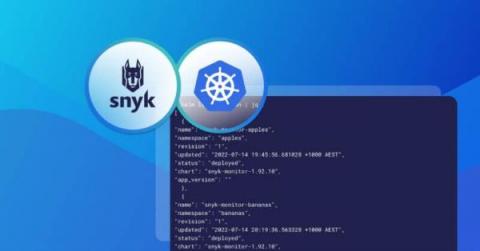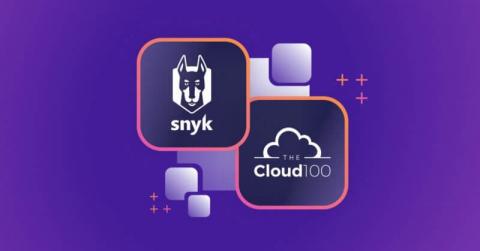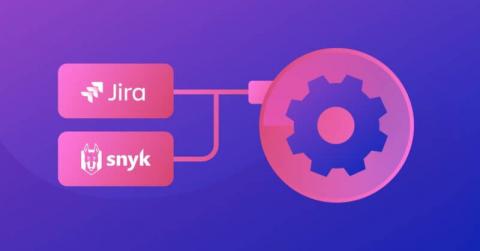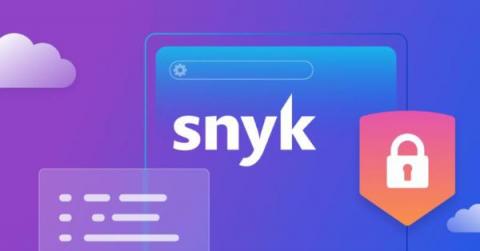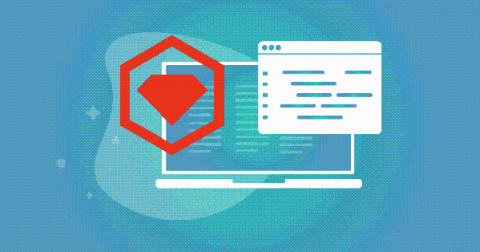Top 5 C++ security risks
C++ offers many powerful capabilities to developers, which is why it’s used in many industries and many core systems. But unlike some higher-level languages that offer less direct control over resources, C++ has a variety of security concerns that developers must be keenly aware of when writing code to avoid introducing vulnerabilities into projects. As developers, we build applications with our end-users in mind. They trust us with their data, time, and device access.



